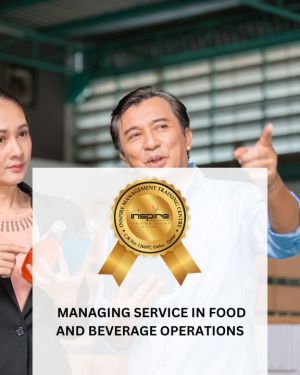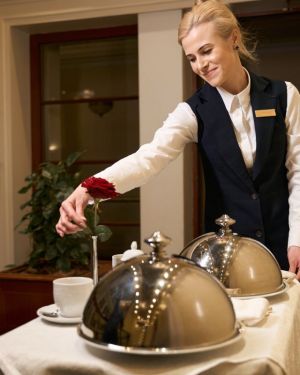Course Description:
Defines the scope and segmentation of the convention and group business
market, describes marketing and sales strategies to attract markets with specific needs, and
explains techniques to meet those needs as part of meeting and convention service.
Objectives: At the completion of this course, students should be able to:
1. Describe the scope of the convention, meetings, and trade show industry in terms of types of
meetings, who holds meetings, and emerging types of meeting facilities.
2. Explain the steps in developing a marketing plan.
3. Describe considerations in the organizational design of a sales department, and outline how
a sales office interfaces with other departments.
4. Identify characteristics of association meetings that are important for selling to the
association market.
5. Identify characteristics of corporate meetings that are important for selling to the corporate
market.
6. Describe SMERF groups and explain how to approach selling meeting services and products
to them.
7. List and describe the steps in making a personal sales call.
8. Summarize the process of planning an advertising strategy and describe how public
relations and publicity can help a property reach meeting planners.
9. Describe the elements of a contract or letter of agreement.
10. Describe considerations in determining who should coordinate hotel service to groups, and
describe the duties and organizational relationships associated with the position of
convention service manager.
11. Summarize factors that hotel staff must take into consideration when assigning guestrooms
to meeting attendees.
12. Describe the format and uses of the resume prepared by the convention service manager.
13. Describe typical function room furniture, meeting setups, and time and usage considerations
for function rooms.
14. Identify different types of food functions and types of food service, and describe beverage
service issues.
15. Summarize factors in the decision about which audiovisual requirements to service in-house
and which to outsource, and describe types of audiovisual equipment and their uses.
16. Describe programs that hospitality properties offer the guests and children of meeting
attendees and the role of such programs in a successful meeting.
17. Describe the functions of key trade show personnel and describe the elements of exhibit
planning.
18. Describe typical procedures for billing groups and for conducting a post-convention review.
Group Teaching Guidelines: This course is designed with eighteen chapter sessions that can be
combined or broken down to meet a variety of scheduling needs. Class activities are included in
the Instructor’s Guide.








